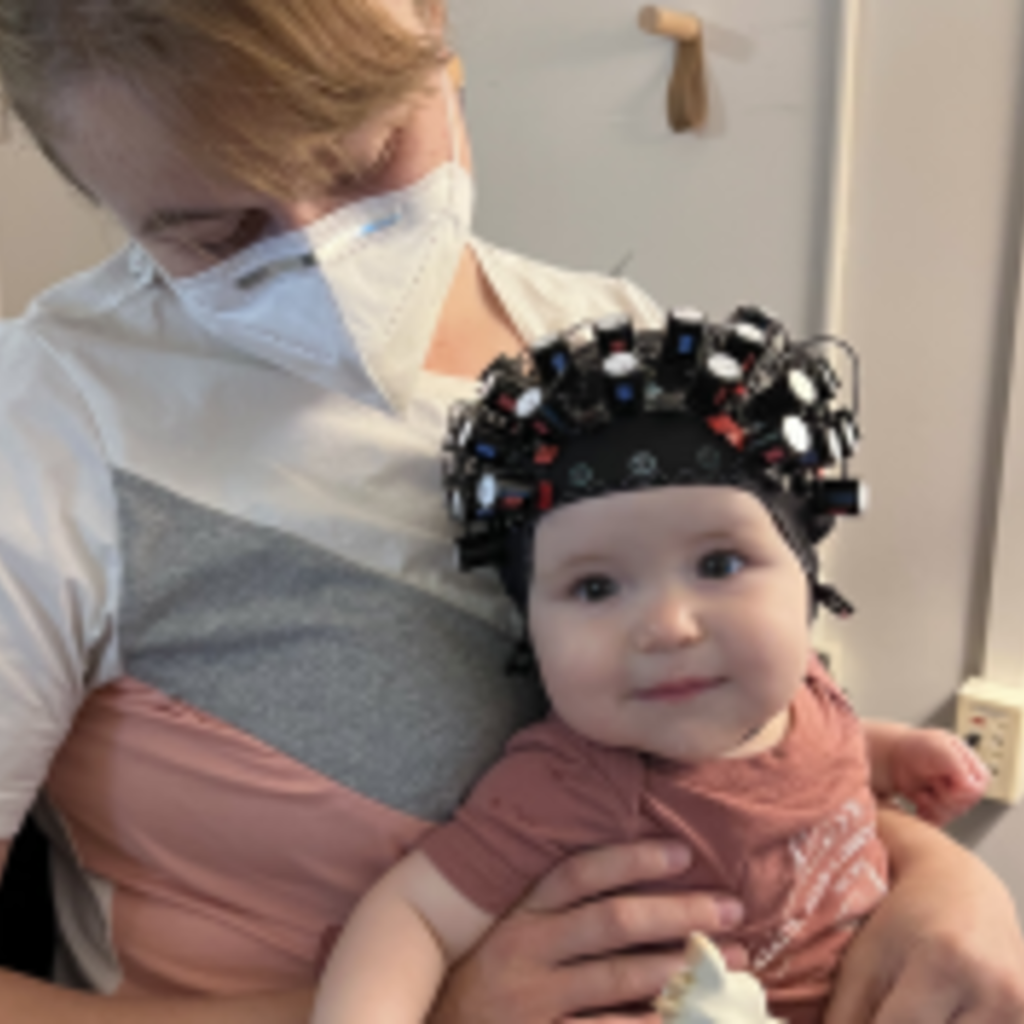
Preterm Research on Epigenetics, Metabolites, Infant development, Stress, and Environment (PREMISE) Project
Caregivers of VPT infants experience significantly increased psychological distress both in the NICU and during the transition from the NICU to a home environment can be very stressful. Literature on term children shows significant implications of caregiver stress on child behavioral, cognitive and neural development. The goal of this project is to better understand the relations between caregiver stress, caregiver-infant interactions, and neurodevelopment in infants born very preterm. To address this goal, we combine fNIRS measurements of infants with observational measures of caregiver-infant interactions as well as caregiver stress measures. This research is supported by the Children's Miracle Network Fund and the UIowa OVPR Early Career Scholars Program.
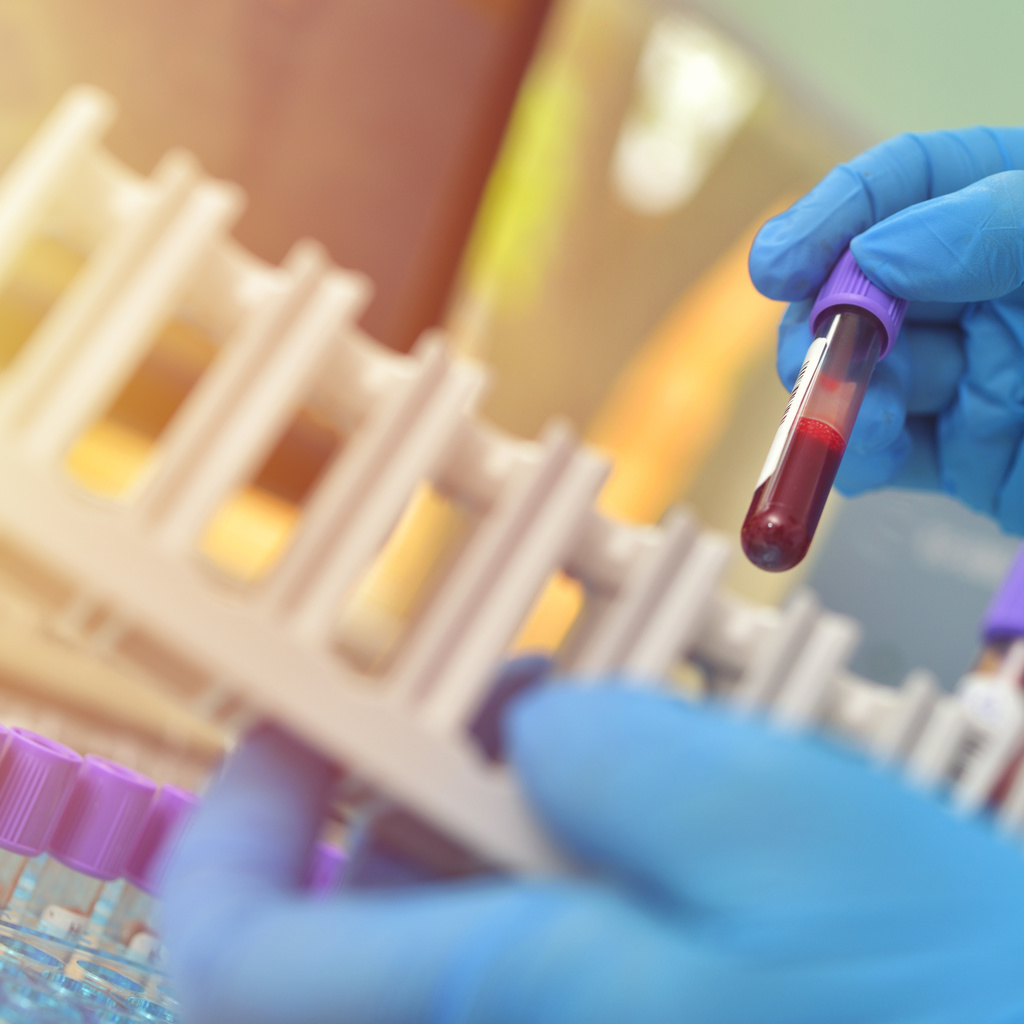
Neonatal Biorepository
The Neonatal Biorepository has collected a wide range of samples from neonates and their families, along with extensive clinical and demographic data. This comprehensive dataset provides researchers with a wealth of information that can be crucial for conducting robust genetic, epidemiological, and clinical studies related to birth defects and neonatal conditions. The availability of such detailed data enables researchers to analyze factors contributing to neonatal health and develop evidence-based interventions.

LENA in the NICU
The goal of this study is to better understand the auditory environment of the NICU and explore how the amount of noise and language infants are exposed to affects their language development. This study utilizes a technology called Language Environment Analysis (LENA), a small device about the size of a deck of cards that provides information about the auditory surroundings. Software is used to automatically generate reports on the quantity and quality of speech and noise in the infant's environment. We hope that the findings of this study will contribute to improving the auditory environment in the NICU for preterm infants and provide insights into language developmental trajectories.
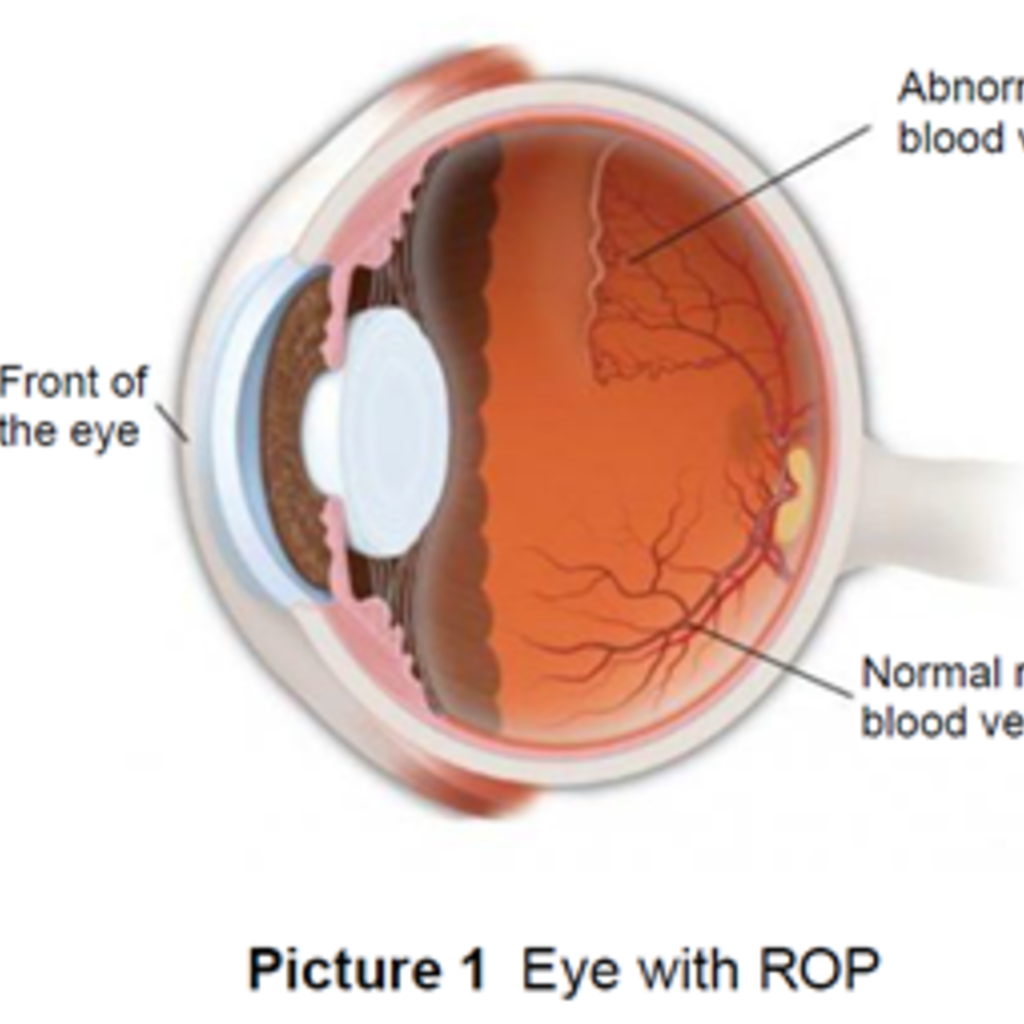
Retinopathy of Prematurity Exam Stress Test (REST)
This project is to examine change in a stress hormone, cortisol, in relation to an acute, stressful procedure that occurs as part of routine NICU care (weekly eye examination). We will use cheek swabs taken before and after the routine eye examination to quantify cortisol levels. We will examine change in cortisol in relation to the eye examination, and the extent to which this correlates with changes in neonatal physiology measures (e.g., heart rate, blood pressure, respiration rate) that are continuously monitored in clinical care. We will also examine whether providing a cloth eye mask after the eye examination reduces neonatal stress.
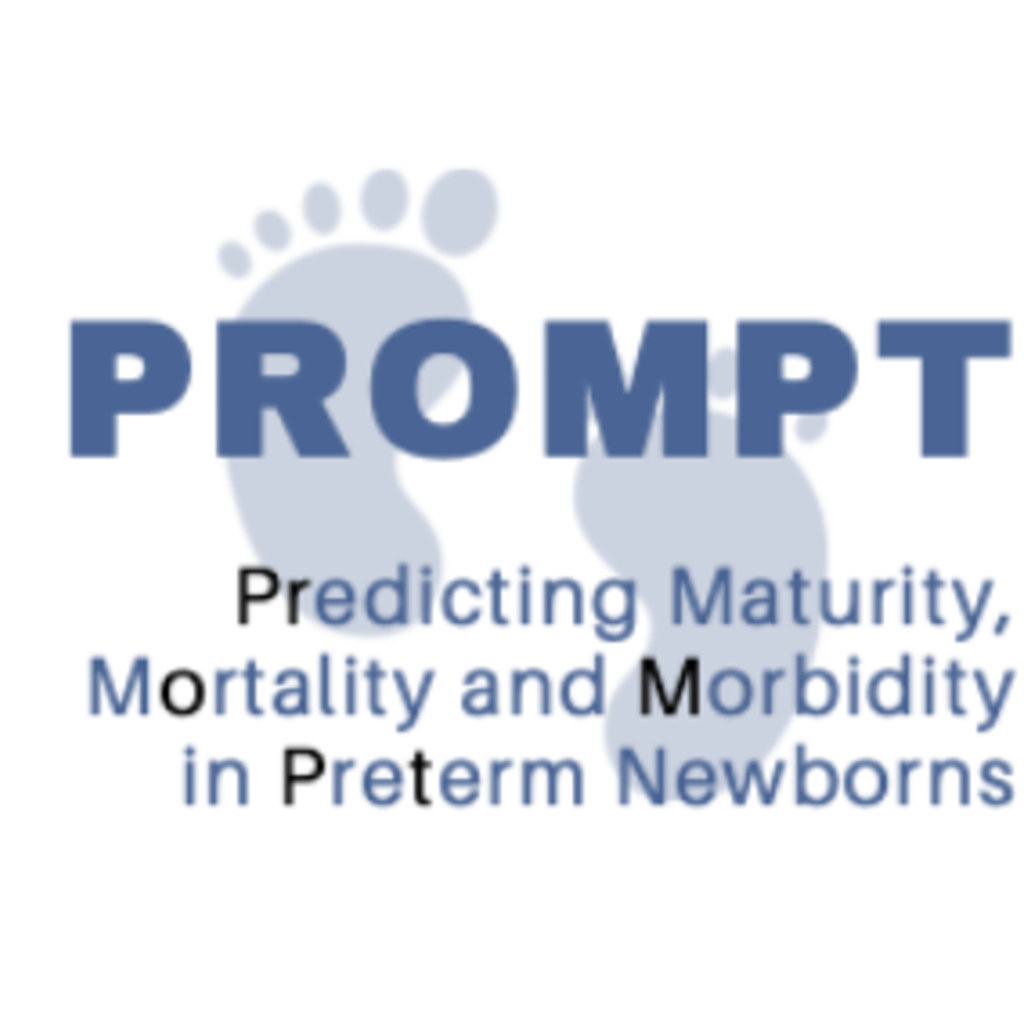
Predicting Maturity, Mortality and Morbitity in Preterm Newborns
The PROMPT study is a multi-site study funded by the National Institute of Child Health and Development (NICHD R01 HD102381). The study includes both retrospective and prospective data from the University of California San Francisco and the University of Iowa on preterm newborns <32 weeks gestation. PROMPT examines metabolic biomarkers measured as part of routine newborn screening for prediction of the risk of neonatal morbidity and in-hospital mortality.
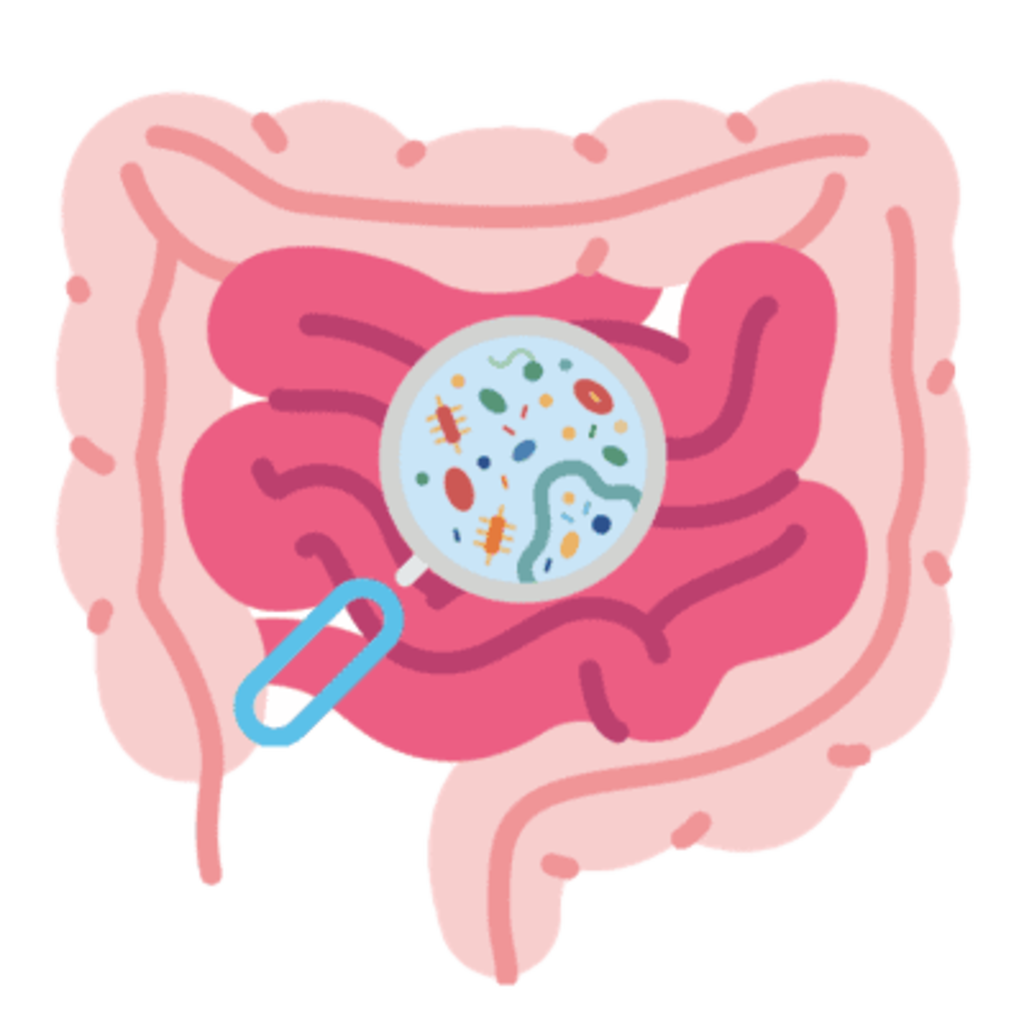
Probiotics in Neurodevelopment
The administration of probiotics in the neonatal period has been routinely performed as a measure to decrease intestinal dysbiosis and reduce the incidence of necrotizing enterocolitis. Based on the outcomes of extremely premature infants at the University of low we would like to compare outcome data for this group of infants in the time prior to and following routine administration of probiotics. Our hypothesis is infants who received probiotics will have improved growth (weight, length, and head circumference) at the time of discharge and will have improved neurodevelopmental outcomes, as assessed by the Bayley Scales of Infant and Toddler Development, performed at or near 24 months of age.

High Risk Infant Follow-up Data Repository
The purpose of the program is to identify the developmental and special health needs of infants at risk. Early detection and educational service is offered to families with babies who were ill as newborns and require special care after their births. The program initiates referrals to appropriate state agencies, offers support for parents, facilitates use of community resources.
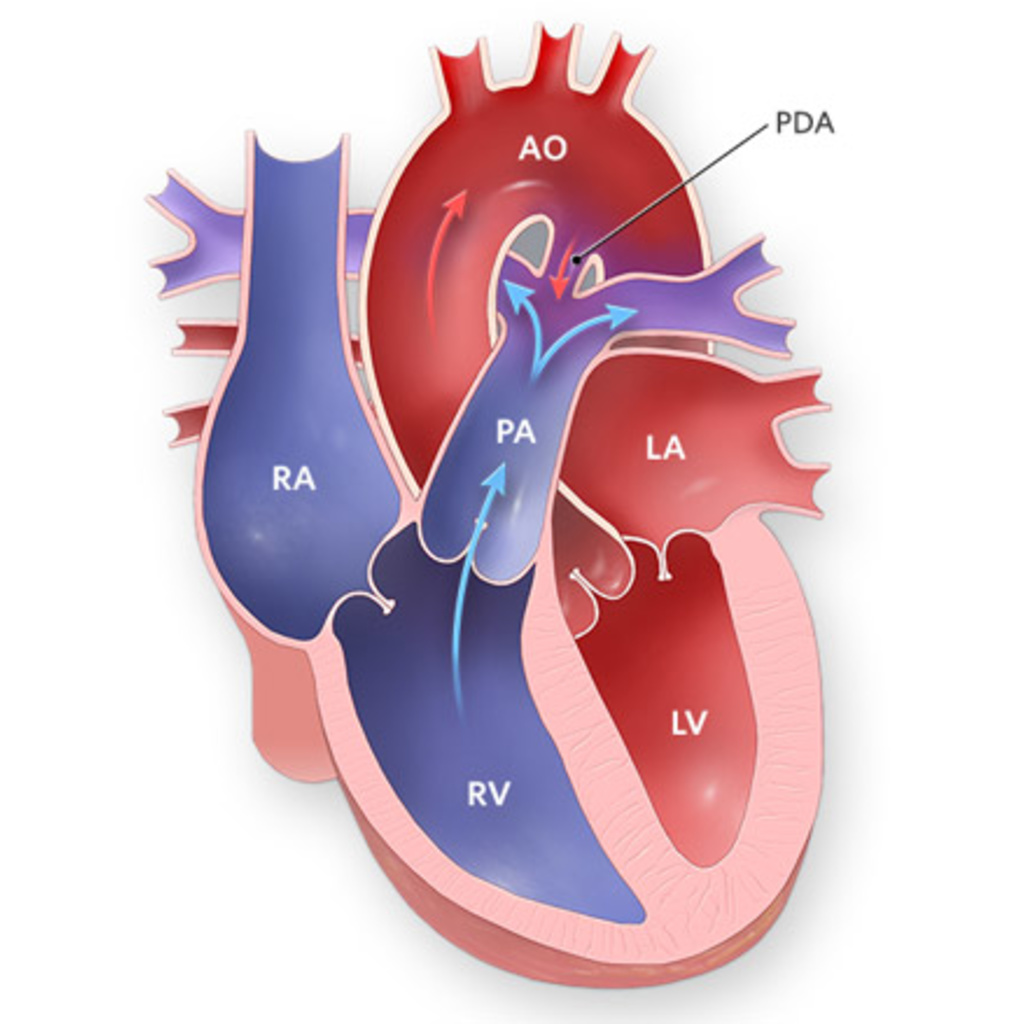
Genetics of PDA Treatment Response
The objective of this study is to identify genetic predictors of response to treatment with acetaminophen during the first 2 weeks after birth. Results will inform more precise treatment selection to identify positive responders earlier, eliminate the risk of side effects in predicted non-responders, and guide alternative treatment for babies at high risk for acetaminophen failure.
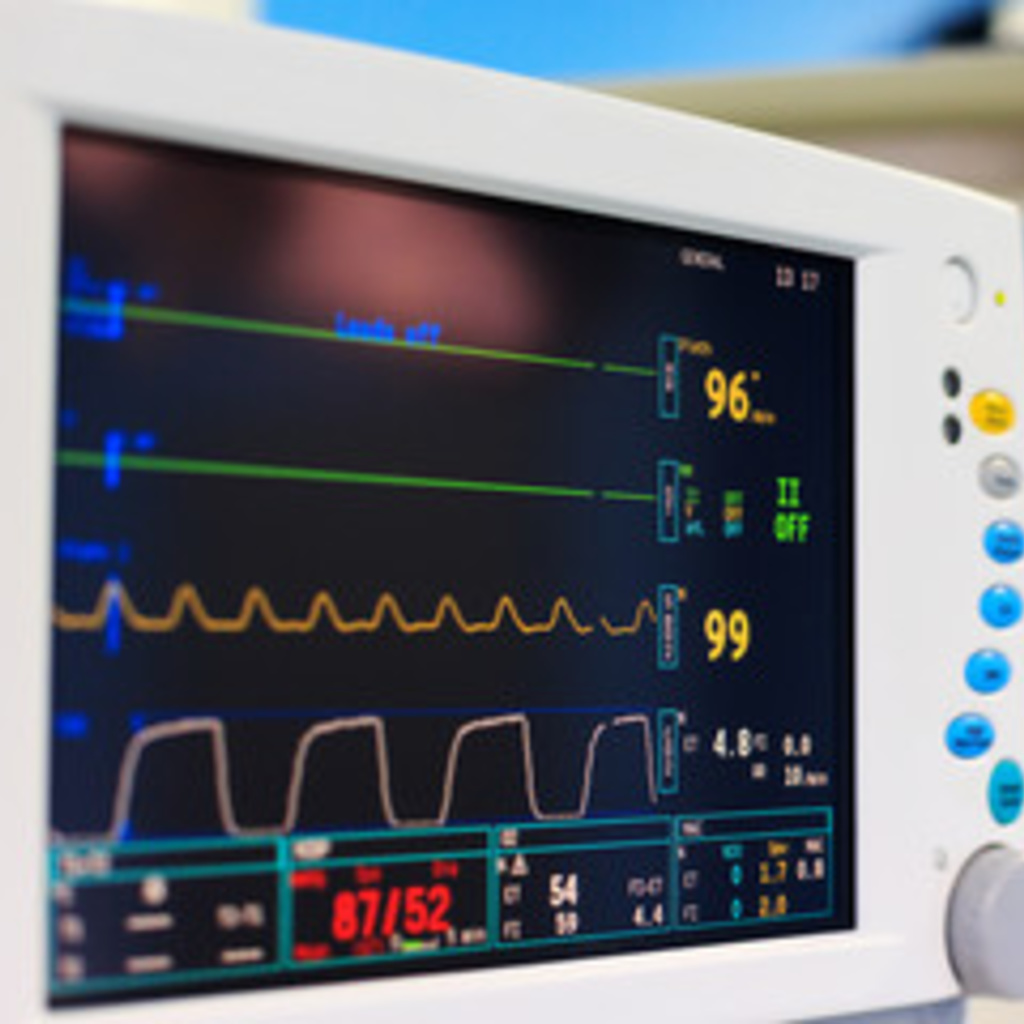
Physiologic Predictors of Blood Cortisol in Preterm Infants
This project is to examine change in cortisol and 17-OHP (a related metabolite) in relate to chronic stress in the NICU. We will examine correlations between the neonatal physiologic measures (e.g. heart rate, blood pressure, respiration rate) and cortisol and 17-OHP across NICU hospitalization. We will use discarded blood samples from neonates with arterial lines in the NICU to measure cortisol and 17-OHP via TMS. We will examine relations of neonatal physiologic measures with cortisol and 17-OHP levels. This is expected to result in an enhanced understanding of the mechanisms by which neonatal physiologic changes reflect a neonatal stress response.
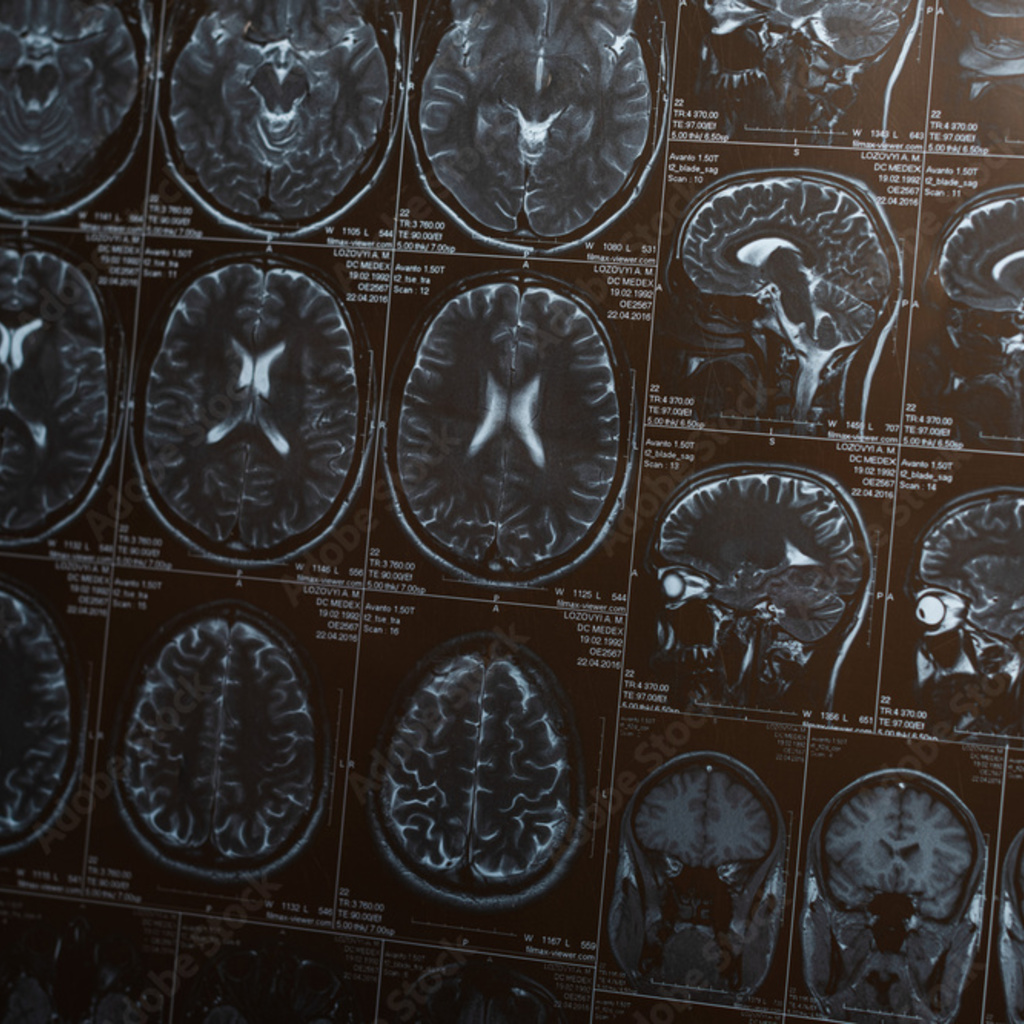
Late Preterm Birth & Cognition
The impact of late preterm birth (34+0 – 36+6 weeks’ gestation) on brain development has not yet been fully characterized. This study utilized MRI in conjunction with neurocognitive assessment to explore the form-function relationship of the late preterm brain. A late preterm cohort of sixty school-aged children was recruited and scanned using MRI. The cohort also completed a battery of tasks to assess their executive function, processing speed, memory, visual motor integration, intelligence, and achievement. Imaging and testing data can be compared with a historical full term control cohort.
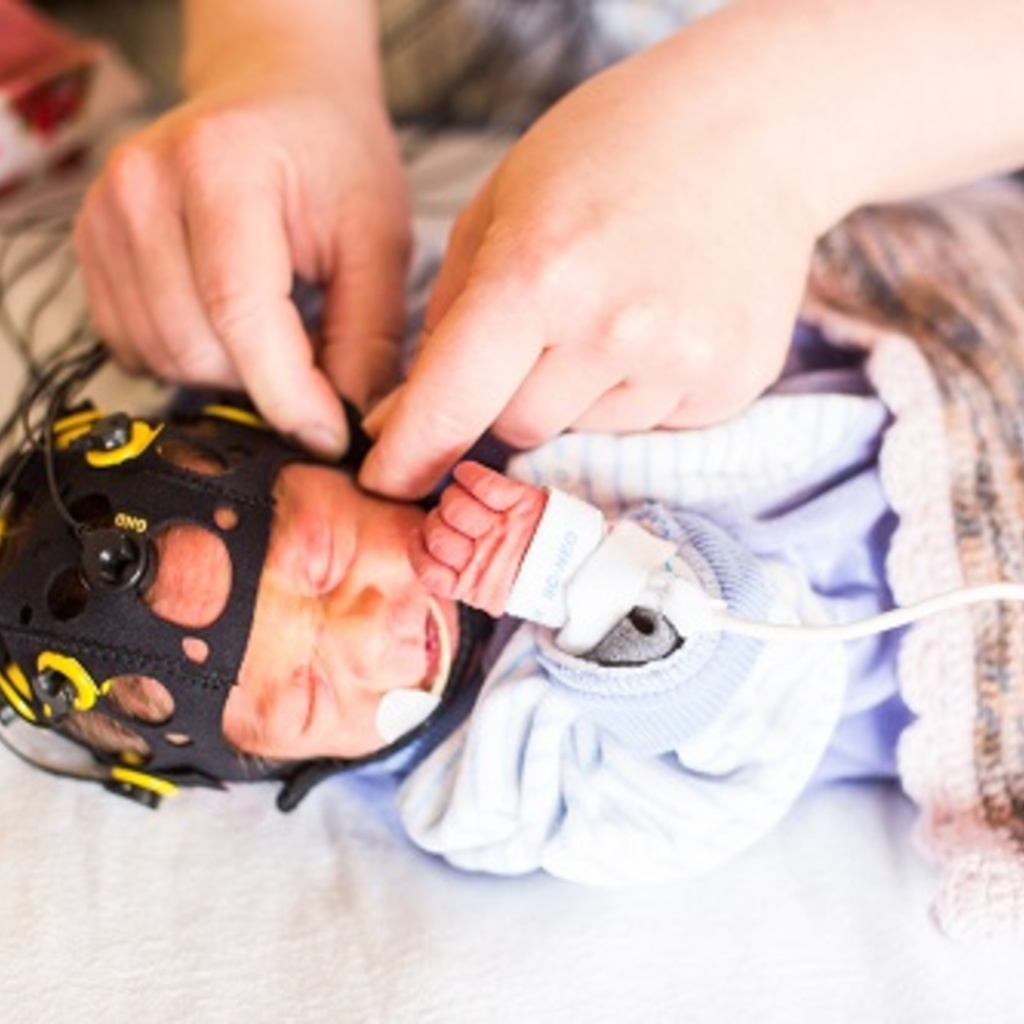
Utility of aEEG, NIRS, and fNIRS in PTB
Infants in PREMISE have the option to participate in this study that examines (1) the correlations between aEEG, NIRS, and fNIRS and (2) predictive utility of each modality for language outcomes. The study is discussed with parents when parent is consenting to PREMISE, and parents can opt in to the aEEG, NIRS, and fNIRS component. aEEG, NIRS, and fNIRS are measured on the same day when infant is at least 32 weeks PMA and in the NICU.

DNAm in Neurodevelopment of Preterm Infants
The present study aims to better understand how variability in neonatal physiologic stress impacts epigenetic modifications and neurodevelopmental outcomes. Infants enrolled in the PROMPT study (see below) who have also provided consent for study of their DNA will be included in the study. DNAm of 14 candidate loci will be the primary outcome, although samples will be run on an array that provides genome-wide DNAm. Samples from several time points during NICU hospitalization will be used to examine change in DNAm relative to neurodevelopmental outcome at 24 months of age.